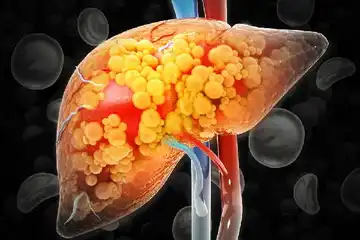What is premature labour?
Premature labour is a condition in which the regular contractions of the uterus and the changes in the cervix that facilitate childbirth occur before the completion of 37 weeks of pregnancy.
What are its main signs and symptoms?
The main and most distinct sign of premature labour is the breaking of the water holding sac inside the mother’s womb before the expected date of delivery. It results in a gush of a fluid and needs immediate medical attention.
Other signs and symptoms also start to occur when labour is about to happen, these signs are:
- Increase in the amount of vaginal discharge.
- Change in the type of vaginal discharge to either blood or mucus.
- Feeling of pressure in the abdominal and pelvic region.
- Regularly feeling contractions, which may or may not be painful.
What are the main causes?
The cause of a premature labour depends upon several factors from antenatal and prenatal caring to the use of medications prescribed. Some of the causes resulting in a premature labour are:
- Previous premature childbirth.
- Pregnancy with twins, triplets or more.
- Pregnancy in quick succession, under 6-7 months of last childbirth.
- Smoking, drinking, or use of drugs not prescribed by the gynaecologist.
- Obesity.
- Having conditions like high blood pressure or high sugar levels.
How is it diagnosed and treated?
On seeing the signs and symptoms of an early or premature labour, consulting the doctor at the earliest is advised. The doctor may perform a pelvic examination to determine if there’s a change in the cervix; the mother-to-be is kept under observation and checked several times in fixed time intervals to see the progress and the need to induce labour. Additionally, a transvaginal ultrasound may also be suggested and performed by the obstetrician to measure the length of the cervix and to judge for the right time to be admitted for delivery.
As soon as the results indicate premature labour, the mother is admitted and put on an intravenous (IV) drip and the contractions are monitored for a vaginal delivery or an operation is performed in some cases where complications are expected with vaginal delivery. In cases where the premature labour can harm the baby, certain drugs are given to the mother to ease the contraction and slow down the process. Tocolytics or magnesium sulphate is given to the pregnant mother to delay the labour and delivery.
Timely labour also depends upon the care the pregnant mother is receiving from people around her. A good, caring, and attentive surrounding is bound to result in timely labour and healthier infant and mother, lack of it may result in many unwanted or sudden conditions, which can be challenging.

 OTC Medicines for Premature Labor
OTC Medicines for Premature Labor















